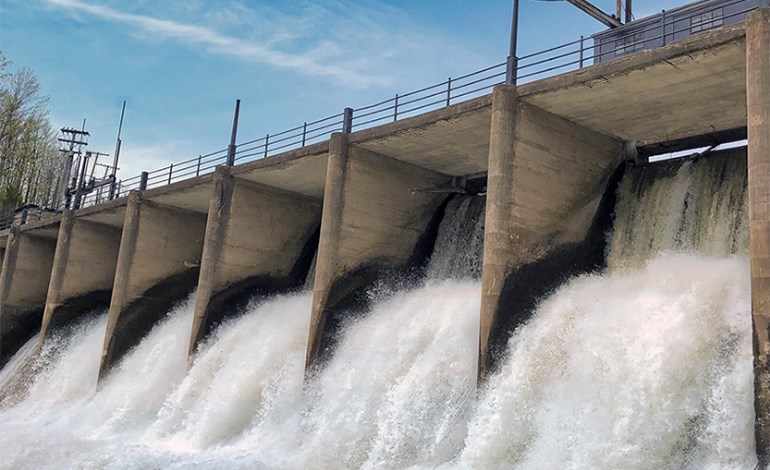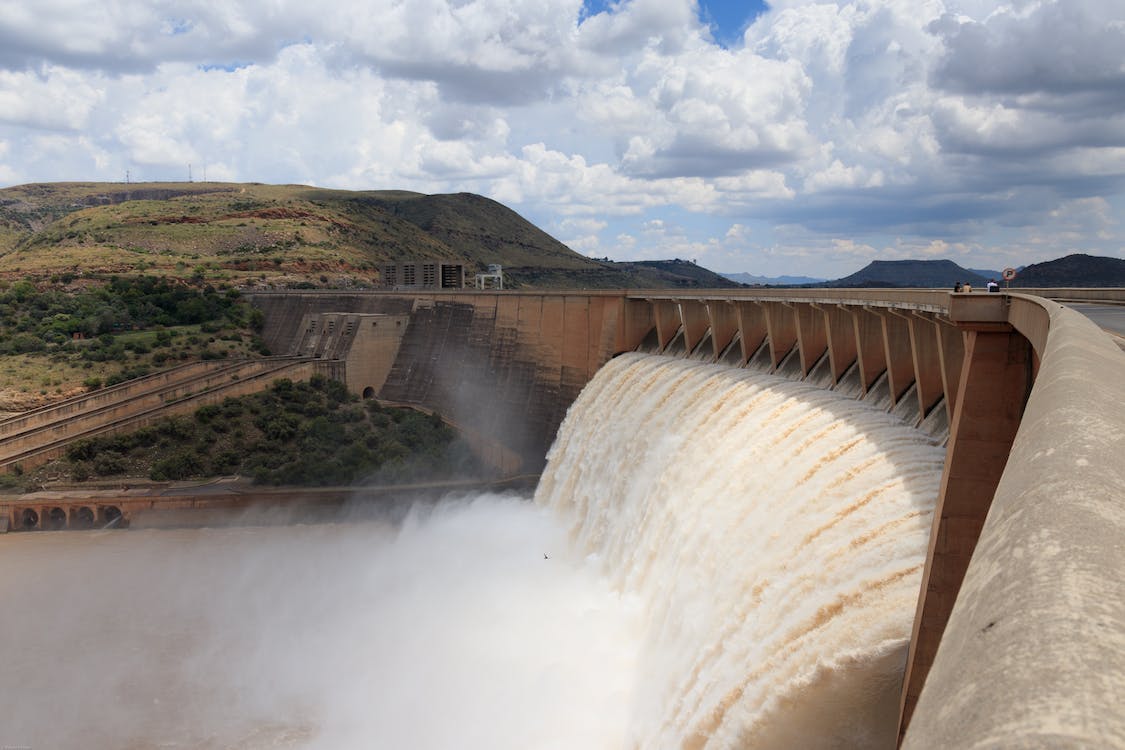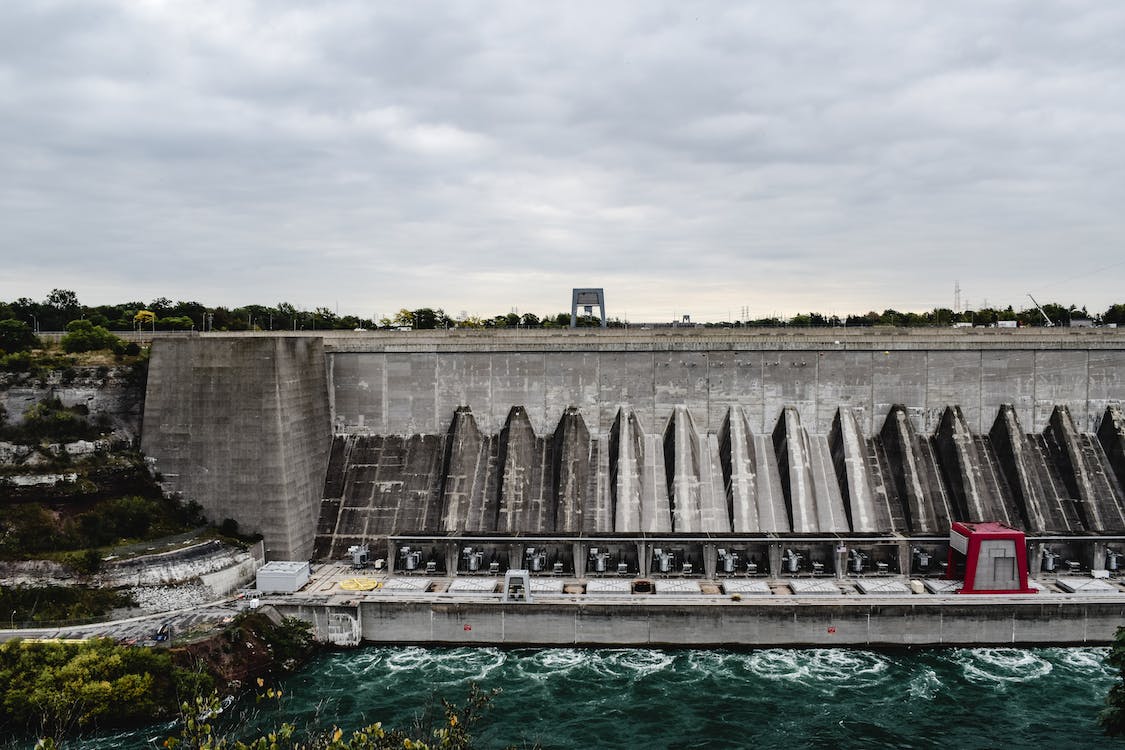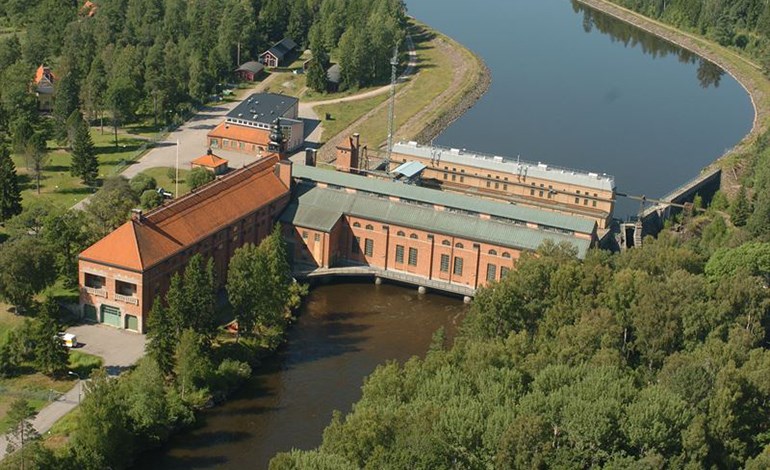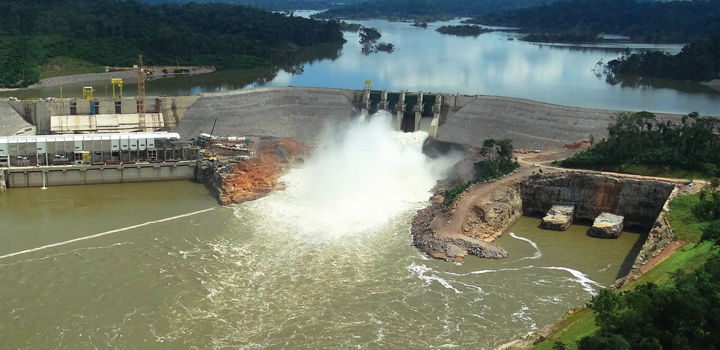Energy Information Administration (EIA) has adjusted its 2023 forecast for hydropower generation in the United States, citing a 6% reduction. This revision is primarily attributed to the unusual weather conditions that have prevailed in various regions across the country.
The Northwest, known for its significant contribution to the nation's hydropower production, found itself grappling with above-average temperatures in May. This unseasonal warmth triggered the rapid melting of snowpacks, leading to a substantial decline in water supply.
According to the EIA's report, the consequence of reduced water availability was a notable 24% drop in hydropower generation during the first half of this year compared to the same period in 2022. The forecast for the rest of 2023 paints a challenging picture, with expectations of a 19% reduction in hydropower generation in the Northwest compared to the previous year.
Conversely, the EIA's analysis highlights an unexpected surge in hydropower generation in California. The Golden State experienced record-breaking winter precipitation that filled reservoirs to capacity. As a result, the agency now predicts a remarkable 99% increase in hydropower generation in California for 2023 compared to the preceding year.
These fluctuations in hydropower generation underscore the influence of climate variability on energy production and highlight the need for adaptability within the energy sector. The EIA's adjustments to its projections shed light on the intricate relationship between weather patterns and the nation's energy landscape, emphasizing the importance of continuous monitoring and adaptation in the face of a changing climate.

